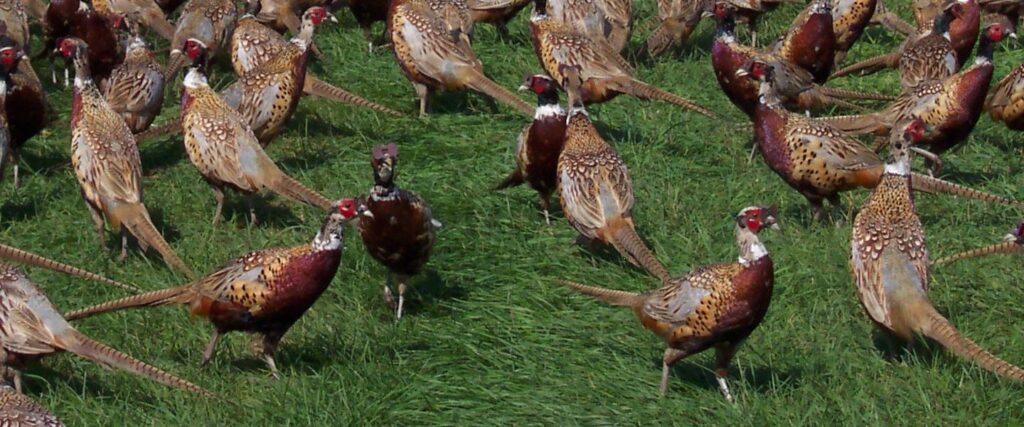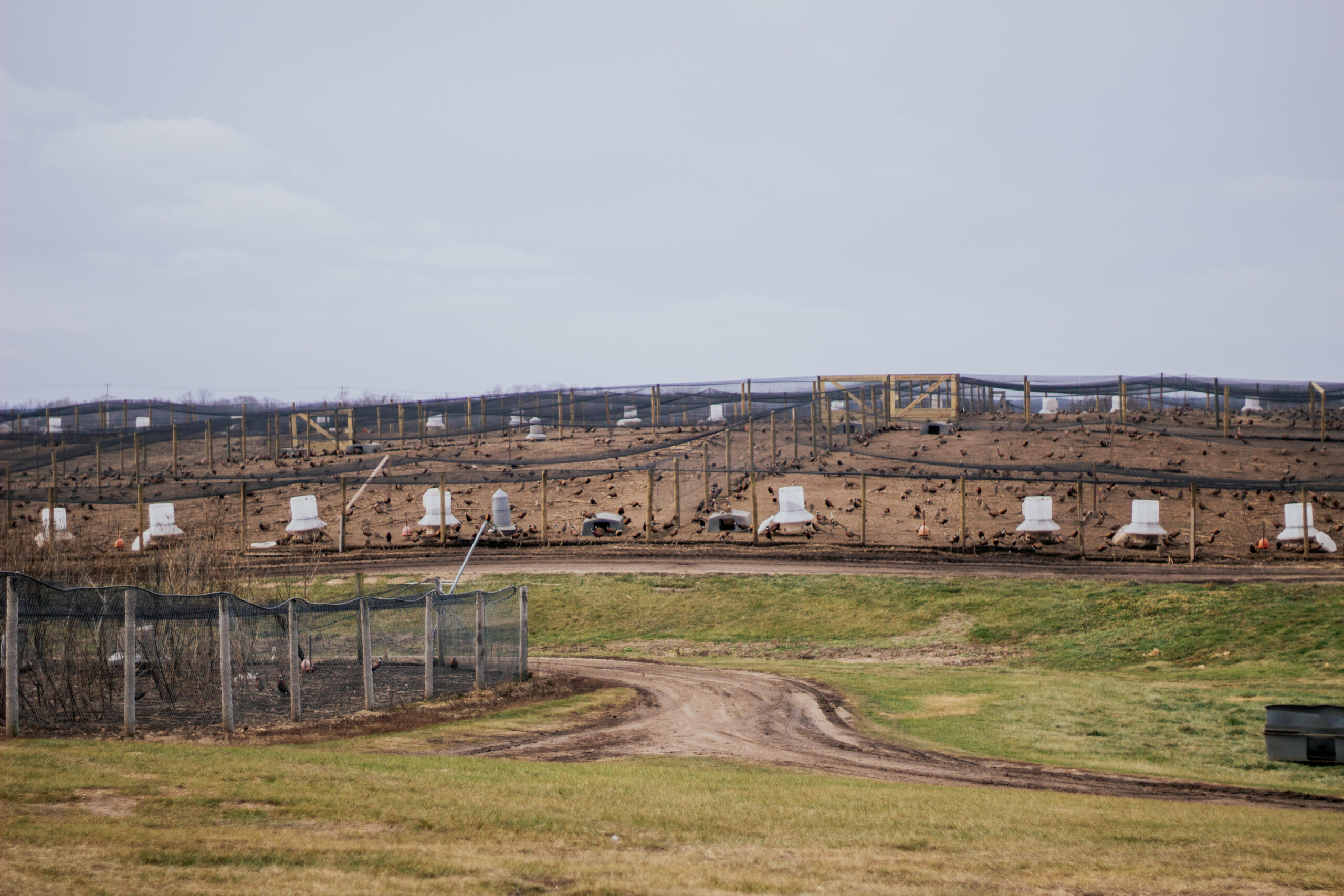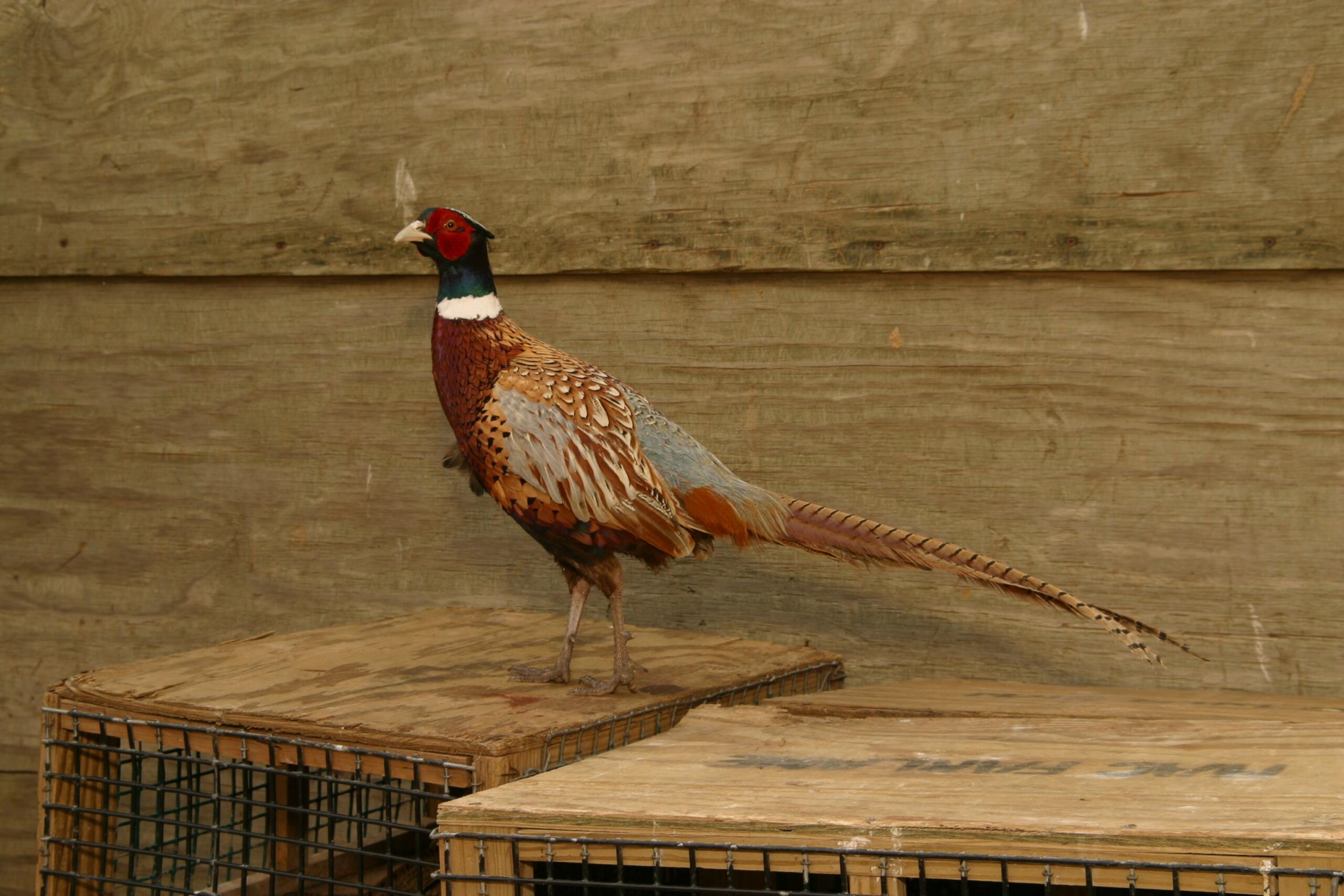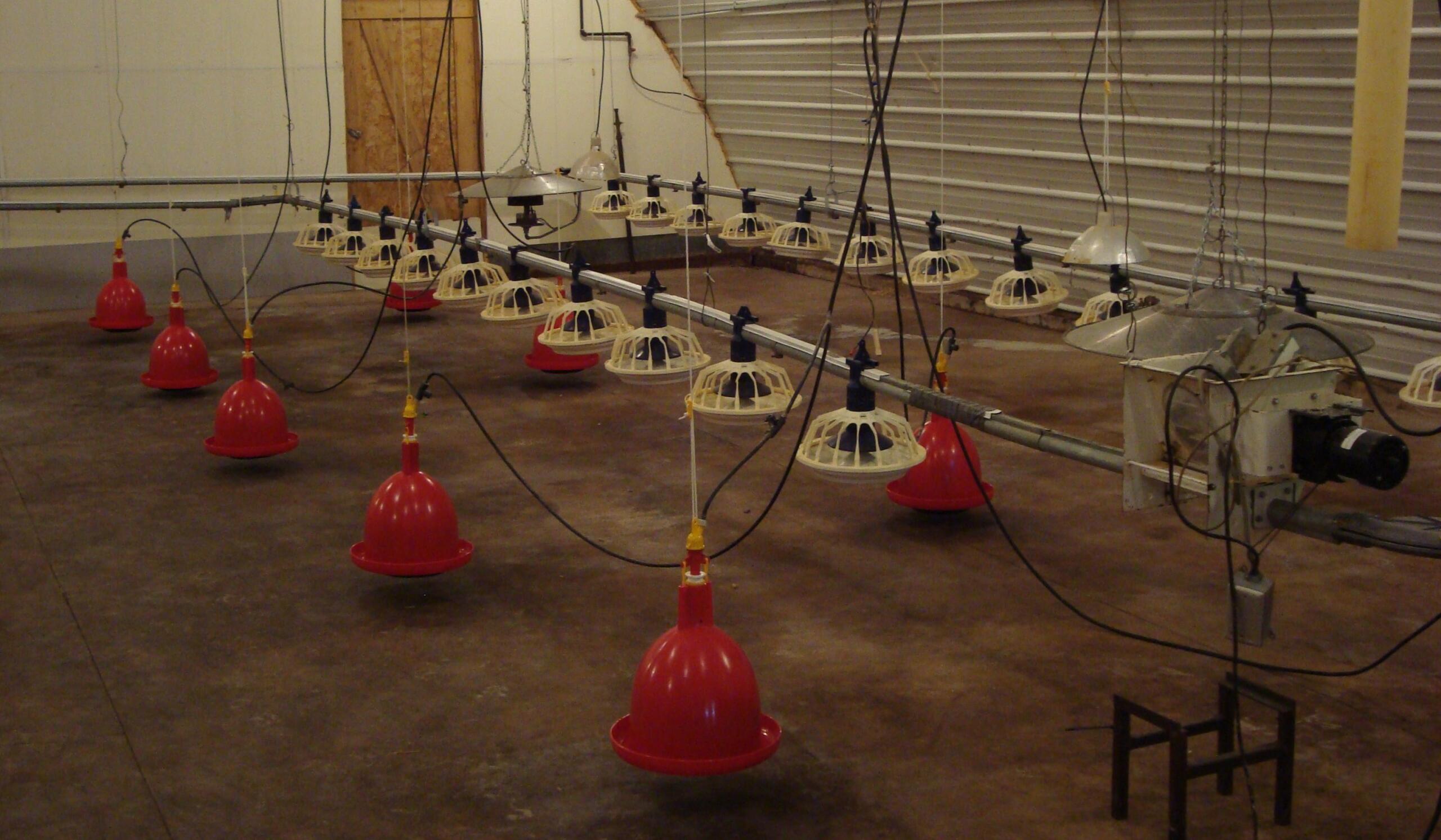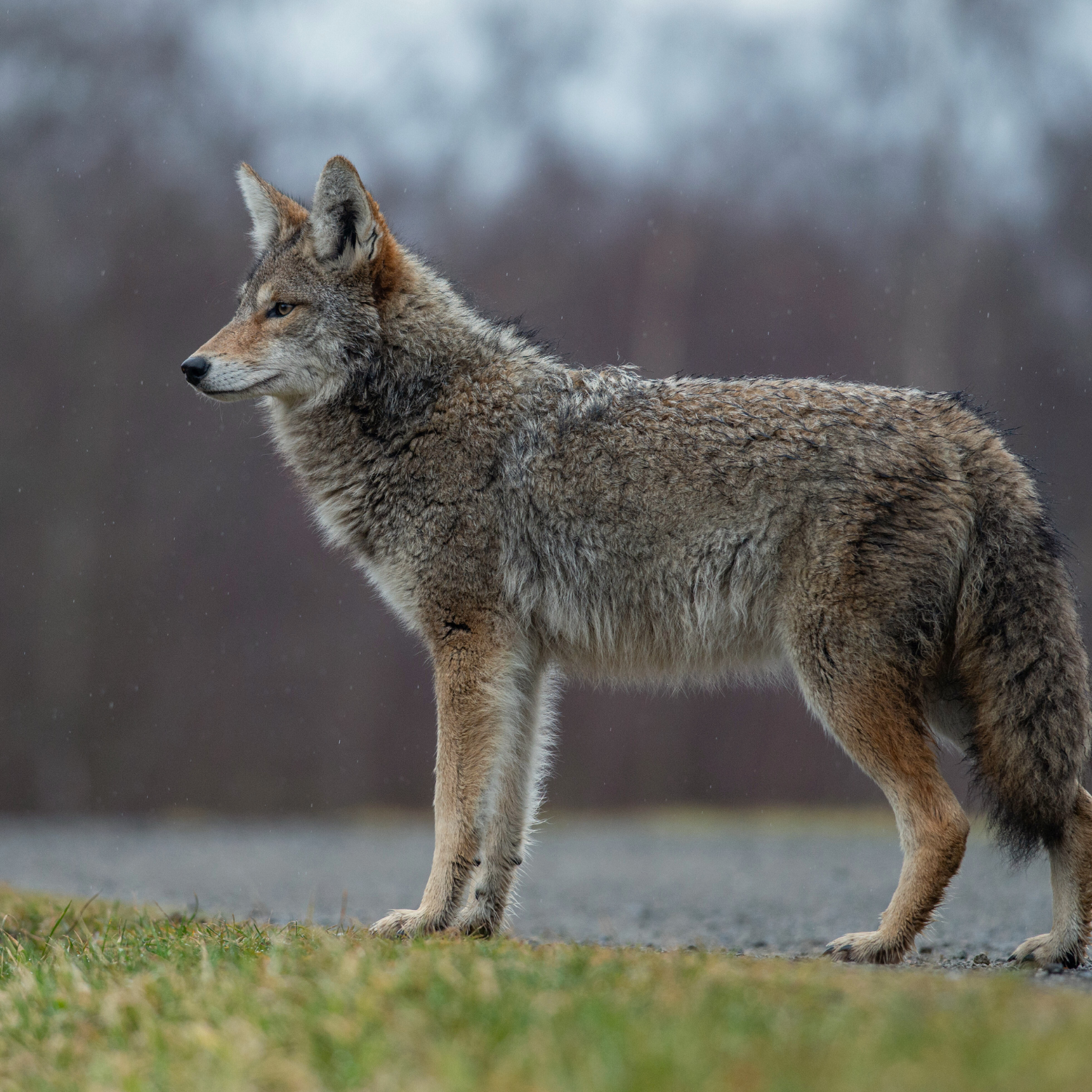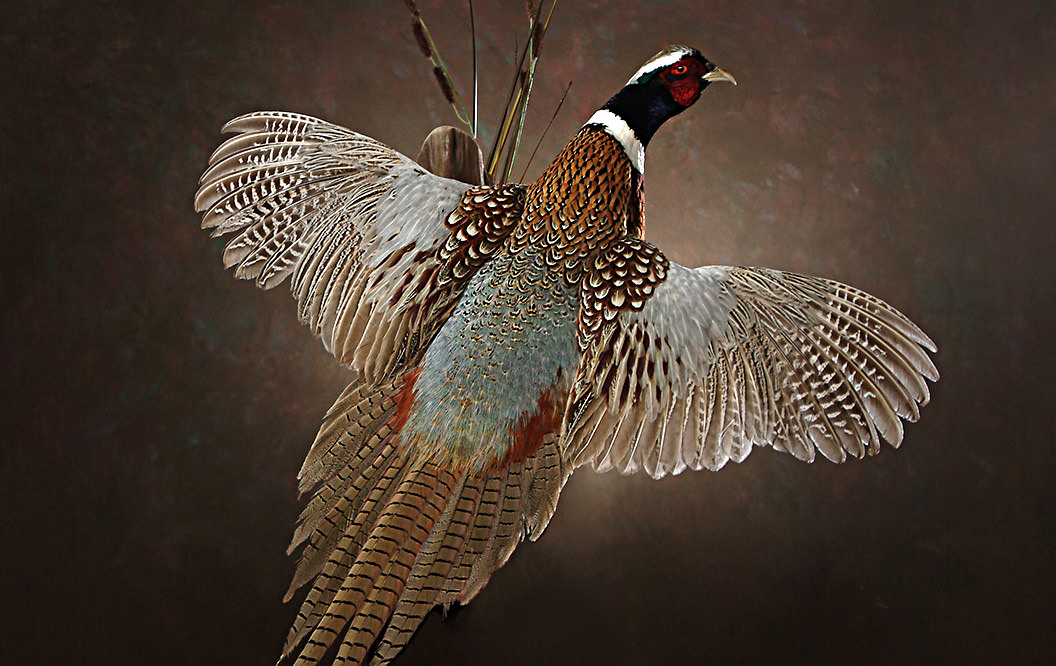The main ingredients in feed are corn and soybean meal, thus the price of feed is directly related to the commodity markets. Higher markets mean higher feed prices. Lower markets translate into lower feed prices. These markets can be volatile and unpredictable at best. For this reason, contracting feed (locking in a price for the entire year) is critical to the success of any game bird operation.
The best ally to determine when and how to contract is information. Make an informed decision with the information available at that time. Look at the crop reports to get an idea of acres planted and expected yields. Talk to local farmers, as they will have a good feel for what is happening with the markets. Look at extended forecasts, prolonged periods of rain during harvest typically mean higher prices. The economy, stock markets, gas prices, ethanol production all play a role in determining the commodity prices.
Commodity prices are also driven by global factors, so don’t be limited to local or national information. South America’s growing season is our winter season. Keep tabs on the South American crop, as this can drive the commodity prices in the winter months. Also, keep an eye on places like Russia and China. A devastating flood in Russia will drive the markets up. As China becomes more industrialized, they will produce less corn, which will increase demand and decrease supply. Looking at the projected imports and exports of various countries can provide a good understanding of the supply and demand of the world commodity market.
Deciding on the best time to contract feed is critical. Historically, the best time to contract feed is late October. Harvest is in full swing and commodity prices are typically at their lowest. Prices will typically rise over the holidays, followed by another drop in prices sometime after the first of the year, but before the spring planting season begins.
The next decision to be made is how much feed to contract. This decision comes down to the confidence in all the aforementioned research. If confidence is high, then only contract 20 percent of the projected usage. If confidence is low, contract 80 percent (remember if feed is contracted but not used, it will have to be paid for anyway). This would also be a good time to look at upside versus downside potentials in the markets.
Say corn is at $2.75 per bushel. Chances are it is not going to go below $2.50, but chances are pretty good that it will go higher than $3 per bushel at some point during the year. A good time to contract is when the downside is minimal, but the upside is not. Remember, the reason for contracting feed is not to hit the lowest of the lows, but to protect against extreme price increases. Don’t feel obligated to contract all the feed at the same time. Instead of contracting 80 percent at one time, contract 20 percent of the feed at four different times.
Contracting feed is much like an insurance policy. It locks in the price of feed for the entire year. Don’t get discouraged over one wrong decision, because in the long run, contracting feed will save money.


